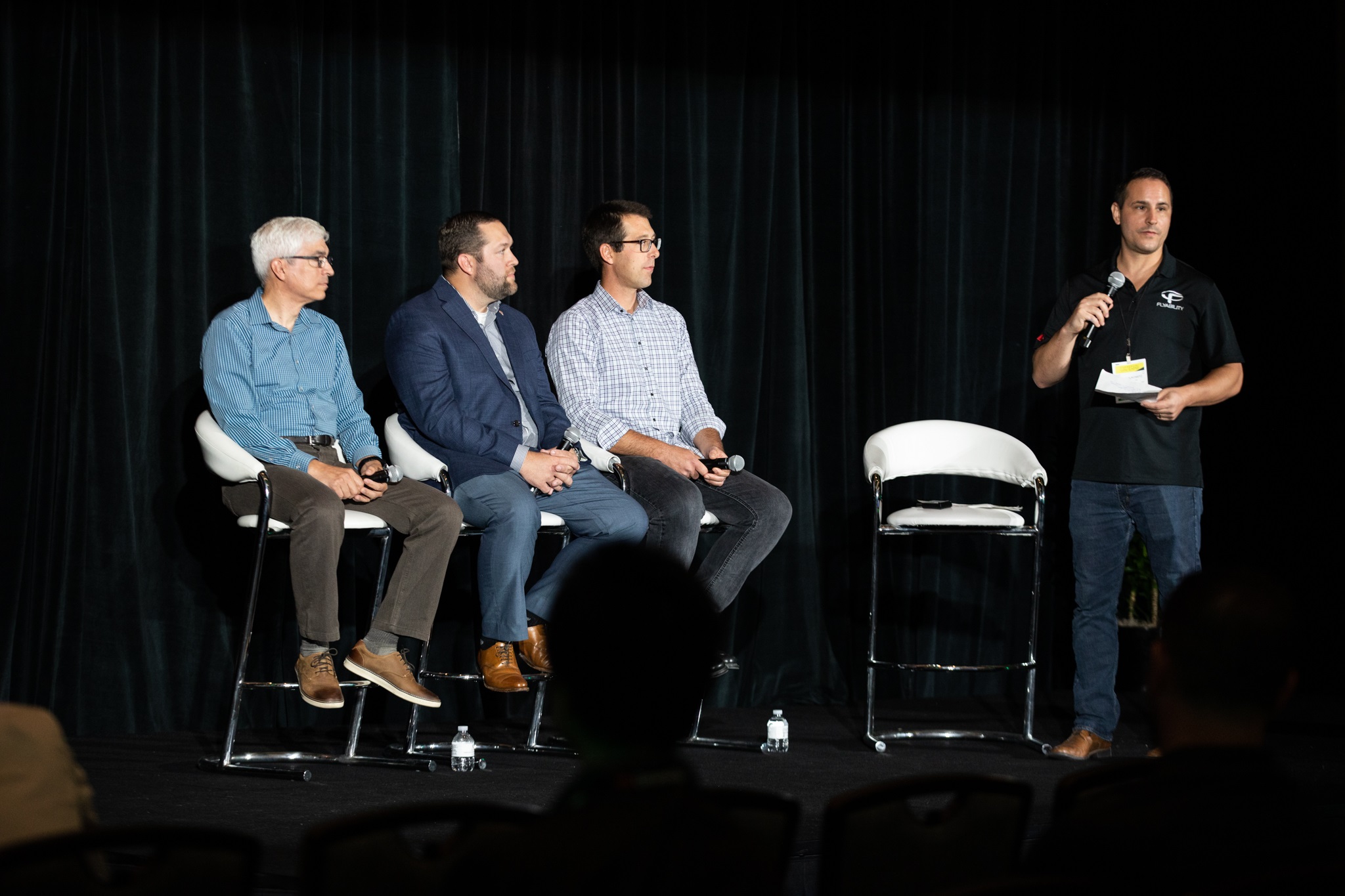The Commercial UAV Expo in Las Vegas ended a couple of weeks ago, but the knowledge gained and connections made at the event continue to make an impact on the attendees. The conference program was littered with fascinating speaking sessions throughout the three-day event, with topics ranging from mapping with drones, advice panels with the FAA, BVLOS operations, drone delivery, and of course the annual outdoor flying demonstration, among many others.
One session in particular that caught my attention as I sought out panels to sit in on was Improving Internal Inspections with Lidar Drones session, moderated by Zacc Dukowitz, Senior Communications Manager at Flyability. Joining him on stage were: Scott Ferguson, Senior Cave Engineer for Freeport-McMoRan; Calvin Rieb, Remotely Operated Systems Leader and Director for Cargill; and Kevin Young, Principal Electrical Engineer for the Idaho Environmental Coalition at the Idaho National Lab.
This hour-long conversation centered around the use of lidar-enabled drones to perform internal inspections, particularly in dangerous areas. Drones are increasingly becoming part of the workflow for these kinds of projects, allowing for projects to be done more safely and efficiently, and in some cases even opening up the possibility of new projects that otherwise would not be completed without the autonomy and flights offered by drones. Flyability’s success is an example of how in-demand this process is becoming, and at the start of the panel Dukowitz drove home that growing interest in the sector with his announcement that the company had just completed a successful Series C funding round in which they raised an additional 22 million Swiss Francs.
The three speakers all brought with them their own unique experiences with internal inspections utilizing drone technology and presented use cases to demonstrate the benefits of the technology. For example, Ferguson brought along an example of a mining operation in which a major clog was discovered. After trying and failing to clear the clog with small blasts, they finally discovered, by flying a lidar-enabled drone into the space, that a single, massive boulder was creating the issue. Rieb, meanwhile, used the case of a grain bin inspection, in which an autonomous robot can’t work and which is a very dangerous space for a human, making a drone the best alternative. Similarly, Young spoke of removing 50-year-old nuclear waste from an underground storage vault.
There were a lot of similarities for these spaces which lent themselves to the benefits of lidar-enabled drones. All three of the spaces discussed, and others mentioned throughout the session, were largely unsafe for human inspection, making a drone a much more preferable alternative. Likewise, all of these spaces were largely confined with poor sightlines, which is where the lidar comes in. That technology gives a clear picture of the space with its ability to work in even complete darkness, providing vision that could not be acquired using more traditional camera methods. Lidar-enabled drones, like those being made by Flyability along with others in the space, open up a whole new world of possible inspections that can be done, with the benefits being outlined in this particularly fascinating discussion in Las Vegas.
















Comments